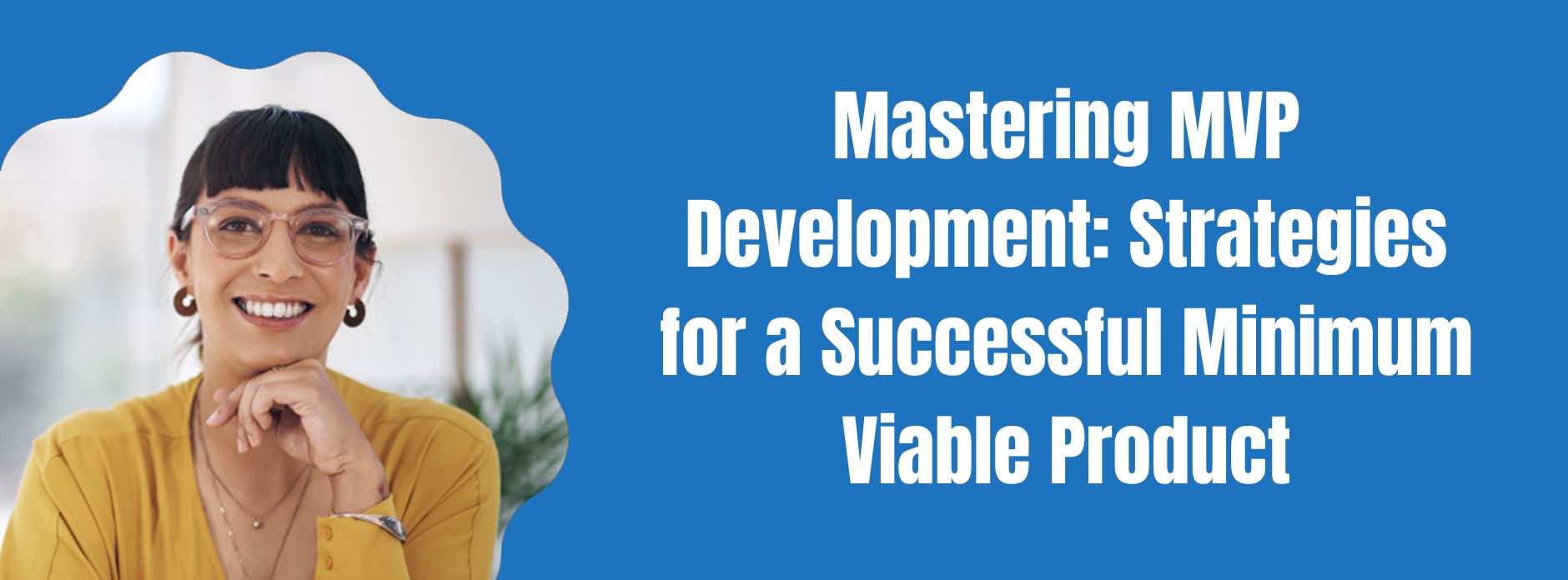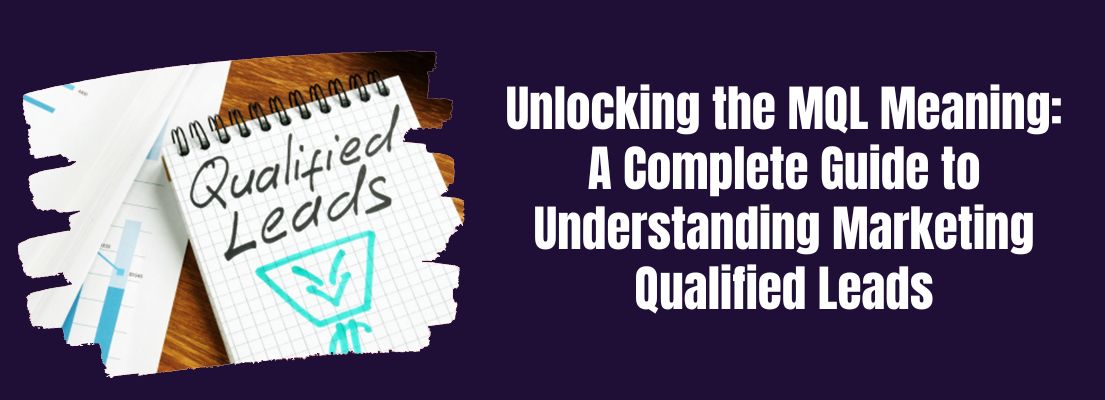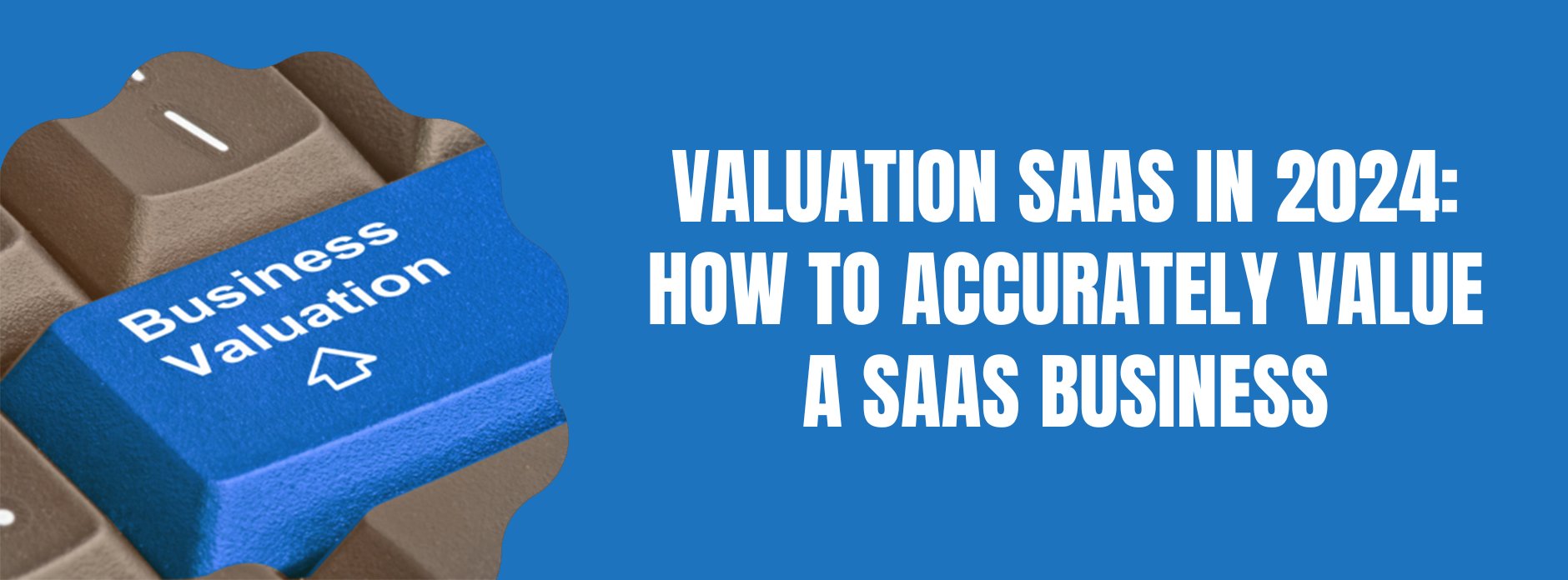Are you wondering what an MVP is and why it’s critical for your product’s success? Discover the concept of a Minimum Viable Product (MVP), a strategy indispensable for startups looking to introduce a new product to the market effectively (MVP development). This article will guide you through the fundamentals of MVPs, the philosophy behind them, and the journey of crafting a product that resonates with early customers without overspending on untested features.
Key Takeaways
- A Minimum Viable Product (MVP) is a simplified version of a product designed to meet the initial needs of customers and collect feedback for future enhancements, focusing on essential features and risk mitigation.
- Creating an MVP involves developing a compelling value proposition, integrating customer feedback into the development process, and utilizing minimal resources for maximum impact.
- The MVP lifecycle consists of building the initial product with core functionality, measuring user engagement through various metrics and feedback methods, and learning from this data to iterate and refine the product while being ready to pivot or persevere based on market feedback.
Decoding the MVP: The Essence of a Minimum Viable Product
A Minimum Viable Product (MVP), at its essence, is a primary, launch-ready version of a product that includes only the most necessary and indispensable features. The beauty of an MVP lies in its simplicity. It’s a product that doesn’t attempt to do everything at once but focuses on doing a few things exceptionally well, particularly those that meet the initial needs of customers. This approach allows for the collection of a substantial amount of validated insights about customers with minimal effort, providing a roadmap for future product enhancements.
However, the MVP approach goes beyond creating a product with basic features. It also helps in risk mitigation by preventing the over-commitment of time and resources on features that may not appeal to the target market. It’s about learning quickly and adapting even quicker, a philosophy that has been ingrained into the DNA of many successful startups.
Essentially, minimum viable products aren’t the final product but rather a critical milestone in the product development process. They allow us to test our assumptions against real market conditions, collect valuable user feedback, and pivot our strategies as needed.

Understanding the MVP Philosophy
The MVP philosophy, popularized by Eric Ries, revolves around:
- Testing business hypotheses
- Collecting validated learning with minimal effort
- Getting a product into the hands of customers as quickly as possible
- Learning from their feedback
The main goal of developing an MVP is to streamline learning and confirm business hypotheses with minimum effort by concentrating on the product’s basic features. The MVP philosophy facilitates the testing of business hypotheses by allowing for the development of targeted tests to collect tangible data, metrics, and insights that substantiate hypotheses regarding the market and business model.
Core Features Required for an MVP
When it comes to only the core features of an MVP, the focus should be on the essential features that are fundamentally required for the product’s functionality. The primary reason for focusing on essential features in an MVP is to attract early adopter customers and validate the product idea.
This strategy guarantees a simplified design and user experience by stressing minimalism, consistency, and affordance, thus demanding minimal effort from users. In essence, the core features of an MVP should address the primary problem the product aims to solve and provide a unique solution that differentiates it from existing offerings in the market.
Crafting Your MVP’s Value Proposition
Crafting a compelling value proposition for your MVP is a critical step that should not be overlooked. The value proposition is the primary justification for why a customer should purchase the product. It is established by identifying the tasks, challenges, and benefits of the prospective customers, and can be effectively communicated through a landing page.
When formulating a value proposition for an MVP, it’s beneficial to start by outlining the tasks, challenges, and benefits of your prospective customers. Moreover, possessing a comprehensive understanding of the target audience and their requirements and challenges helps validate the business idea.
The distinctive features to incorporate when formulating a value proposition for an MVP should succinctly outline:
- The advantages
- Characteristics
- Unique aspects of the product that resonate with the target customers
- Emphasize the differentiation from competitors.
The MVP Development Journey
Developing an MVP is an engaging journey that requires careful planning and execution. It begins with identifying the target audience and ensuring that the feedback obtained from them is pertinent and can effectively steer the development process. Efficient resource allocation is another key aspect of this journey. It is crucial to ensure that the resources are prioritized to develop the most critical aspects of the MVP.
Another vital component of the MVP development process is user feedback. This feedback is used to improve and optimize features throughout the developmental stages. Through interaction with initial users and assessment of their input, developers can pinpoint aspects of the product that align with market demands and those that necessitate improvement. This feedback loop is an integral component of the iterative process that aids in molding the product into a more polished and market-ready iteration.
Market Research and Target Users

Understanding your target users and conducting thorough market research is a key step in the MVP development process. Market research provides insights into the customer segment:
- The location-based attributes of the target market, allowing for the creation of an MVP tailored to specific regional needs.
- The location of the ideal customer base, to gain a deeper understanding of their cultural characteristics and requirements.
- It leads to more focused and effective marketing strategies.
The leading cause of a startup’s failure, as indicated by a survey conducted by CB Insights, is a lack of market need. Hence, it is crucial to conduct thorough market research to understand the needs and preferences of target users and to analyze competitors.
Minimal Resources, Maximum Impact
The MVP development process aims to achieve the highest impact with the least effort, ensuring the maximum amount of value is delivered. It concentrates on essential features and functionality that directly tackle the challenge at hand.
To attain maximum impact with limited resources in MVP development, it is crucial to employ feedback, engage in dynamic planning, and efficiently manage resources. Employing cost-effective tools and techniques, leveraging open-source platforms or cloud-based services, and experimenting with mockups featuring different design options and input methods can also facilitate the development of an MVP.
From Feedback to Feature Refinement
Feedback is fundamental to MVP development. It offers valuable insights into missing functionalities, bugs, and superfluous features. This feedback is leveraged to refine and enhance features, ensuring that the product meets market needs.
Essential strategies for obtaining user feedback in the MVP stage encompass:
- Utilization of in-product feedback tools
- Implementation of surveys
- Conducting interviews
- Focus groups
Through this interaction with initial users and assessment of their input, developers can pinpoint aspects of the product that align with market demands and those that necessitate improvement. This feedback loop is an integral component of the iterative process that aids in molding the product into a more polished and market-ready iteration.
The Lifecycle of an MVP: Build, Measure, Learn
The lifecycle of an MVP can be divided into three primary stages: Build, Measure, and Learn. It starts with building a product with essential features designed to address the primary issue and meet the needs of early adopters.
The next phase is the measurement of user engagement using various metrics that indicate the extent of user interaction and the resonance of the MVP’s value with users. This measurement phase allows for the collection of data that provides insights for future enhancements and development.
The final phase of the MVP lifecycle is learning. Gaining insights from collected user data and feedback is crucial for iterating and improving the MVP. This iterative process is instrumental in ensuring the product evolves to effectively address market needs and user expectations.
Building the Initial MVP
Building the initial MVP involves focusing on the essential features that are fundamentally required for the product’s functionality. Prioritizing user needs, excelling in a few aspects rather than spreading resources thin, and maintaining simplicity is key to creating an MVP that resonates with the target audience.
The initial MVP is not about creating a feature-rich product. Instead, it’s about addressing the primary problem the product aims to solve. The MVP can provide a unique solution that differentiates it from existing offerings in the market by focusing on these core features.

Measuring User Engagement and Feedback
Once the MVP is built, the next crucial step is to measure user engagement and feedback. It involves using metrics that indicate the extent of user interaction and the resonance of the MVP’s value with users.
Essential strategies for obtaining user feedback in the MVP stage include:
- Utilizing in-product feedback tools
- Implementing surveys
- Conducting interviews
- Organizing focus groups
This interaction with initial users and assessment of their input allows developers to pinpoint aspects of the product that align with market demands and those that necessitate improvement.
Learning and Iterating Based on Data
The last phase of the MVP lifecycle is learning and iterating based on data. One should learn from data and user feedback to iterate and improve the product, ensuring it meets market needs and expectations.
Systematically analyzing user feedback is crucial to the success of the MVP. Here are the steps to follow:
- Establish goals and metrics.
- Choose suitable feedback collection methods.
- Examine the feedback data.
- Recognize patterns and trends.
- Prioritize and categorize the feedback.
- Implement changes to iterate and enhance the product.
You can effectively analyze user feedback and improve your MVP by following these steps.
Pivoting or Perseverance: Responding to Market Feedback
MVP development is not always straightforward. It involves making crucial decisions based on market feedback, which typically leads to either pivoting or persevering.
User feedback plays a crucial role in MVP development by providing insights into whether the product is aligned with user needs and ensuring the creation of a product that fulfills user requirements. Successful companies like PayPal and Wistia have shown us that responding to market feedback and making necessary adjustments can lead to great success.
Case Studies: Successful MVPs That Made It Big
There are numerous instances of successful MVPs that have achieved great success in the business world. Dropbox, for instance, validated its concept with a simple video demonstration before the actual product was developed. Uber, on the other hand, started as a minimal product, with features being added gradually in response to real-user feedback.
Another notable example is Airbnb, which began as a rudimentary website facilitating the listing and renting of living spaces to travelers. The platform evolved, refining its offerings based on user feedback. Facebook and Zappos, too, began as MVPs and grew into global brands by continuously evolving and adjusting based on market response.
These case studies demonstrate the power of starting with a minimal product and iterating based on user feedback. They serve as a testament to the efficacy of the lean startup methodology and provide valuable insights for aspiring entrepreneurs and startup founders.
Designing an MVP User Interface
The design of an MVP user interface emphasizes simplicity and usability and prioritizes essential features that address the key problem the product is designed to solve.
When prioritizing features in an MVP’s user interface, it is crucial to take into account the target audience, their primary concerns, and the product’s ability to address those concerns. Designers can craft intuitive and user-friendly interfaces that demand minimal effort to comprehend and navigate by eschewing unnecessary complexity.
Avoiding Common Pitfalls in MVP Development
Developing an MVP is not without its challenges. One common pitfall is creating a product for the wrong audience. If an MVP fails to cater to the appropriate user segment, it may garner irrelevant feedback, leading to misguided iterations an ultimately, a mismatch between the product and the market.
Another common mistake is skipping the prototype phase in MVP development. The prototype phase guarantees that the MVP undergoes testing and refinement before its full development and release. One can increase the chances of successful MVP development by avoiding these common pitfalls.
MVP Myths Debunked
Several misconceptions about MVPs need to be clarified. For instance, one prevalent misconception is that MVPs are subpar products or should encompass all the intended features. This misunderstanding arises because people often fail to understand that the core of an MVP is to offer a fundamental version of the product with sufficient features to meet the needs of early adopters and collect feedback for future development rather than being a finalized product.
Another myth is that the development of an MVP is simply a cost-saving measure or a shortcut. It is a strategic investment aimed at:
- Understanding user needs
- Understanding product-market fit before full-scale production
- Contributing to the financial prudence of the product’s development.
Navigating the MVP Launch
The launch of an MVP marks an exciting milestone in the product development journey. It involves meticulous planning, identification of the target audience, and evaluation of the product’s success by analyzing crucial metrics.
Determining the suitable market for an MVP starts with defining the problem the product aims to address and the proposed solution. After the MVP is launched, it is essential to analyze the product findings, refine your assumptions to align with the market and determine the type of MVP to launch.
Summary
In conclusion, MVP development is an iterative process that involves building a minimal product, measuring user engagement, and learning from data. It’s about starting small, validating your ideas, and continuously improving based on user feedback. As we’ve seen from successful case studies like Dropbox, Airbnb, and Uber, with the right approach, an MVP can pave the way to startup success. Remember, an MVP is not the end product but a critical step in the product development journey. It’s a strategic investment that allows startups to learn fast, adapt faster, and create products that truly resonate with the market.
Frequently Asked Questions
What is MVP in business terms?
In business terms, MVP stands for Minimum Viable Product, the most basic version of a product a company wants to launch in the market. It allows companies to gauge the response from prospective consumers.
What does MVP stand for in software?
MVP stands for Minimum Viable Product in software development. It represents a product built with the minimum features needed to attract early adopters and gather valuable feedback for further development.
Who created the term MVP?
The term “MVP” was created by Frank Robinson in 2001 and popularized by Eric Ries through his book Lean Startup.
How does user feedback contribute to the refinement of the MVP development process?
User feedback is crucial for refining the MVP development process as it allows developers to optimize features and identify areas for improvement based on market demands and user input.
What are some prevalent misconceptions about MVPs?
Many people mistakenly believe that MVPs are low-quality products that should include all planned features, but in reality, an MVP is a fundamental version of the product designed to meet the needs of early adopters and collect feedback for future development.





